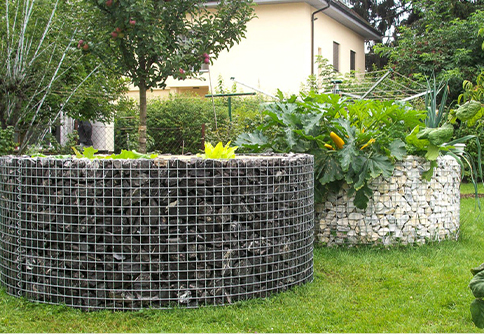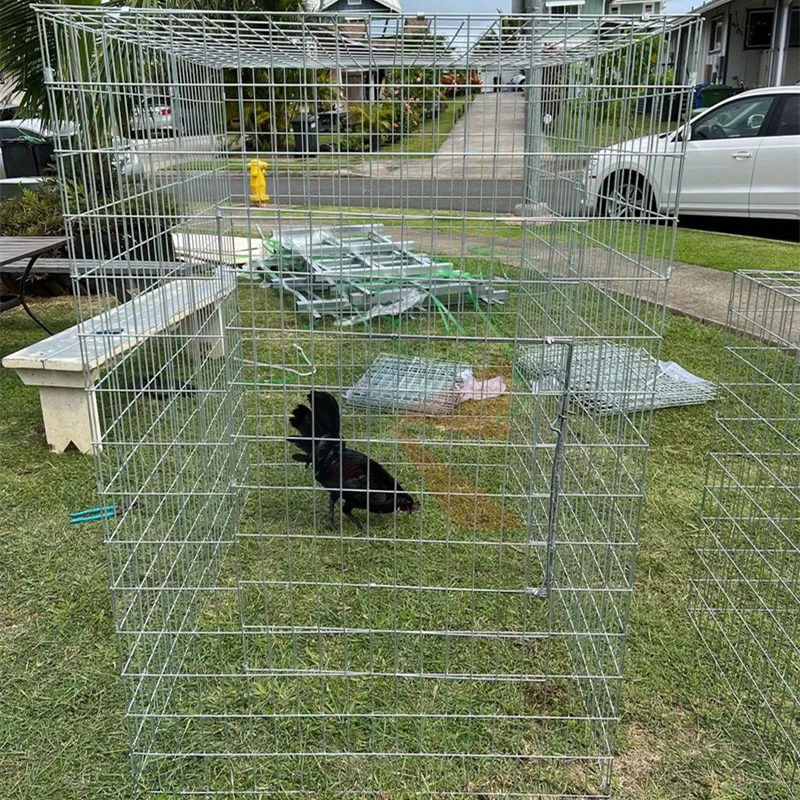Hex perforated metal is an innovative solution in modern architectural and industrial applications, offering a blend of functionality and aesthetic appeal. Known for its distinct hexagonal patterns, hex perforated metal provides architects, designers, and engineers with a versatile material that can be used in a myriad of applications while optimizing airflow, light filtration, and structural integrity.

Hex perforated metal has gained popularity due to its efficiency in terms of structural support and design versatility. The hexagonal openings provide an ideal balance between open area and strength, making it suitable for applications where both durability and visibility are important. This unique geometric design maximizes the material’s structural performance, distributing weight evenly across its surface, which is critical in load-bearing installations.
In the realm of architecture, hex perforated metal is often utilized in facades, sunscreens, interior partitions, and ceiling panels. Its ability to diffuse light while providing robustness makes it an ideal choice for creative and functional exterior and interior designs. With varied patterns and customizable finishes available, architects can create distinct visual effects that enhance the overall aesthetic of a building. When used in facades, the material not only adds to the visual interest but also provides practical benefits by reducing solar gain and improving energy efficiency within buildings.

The industrial applications of hex perforated metal are extensive and varied. It is commonly employed in the manufacturing of machinery guards, filtration systems, and ventilation panels. Its high strength-to-weight ratio is particularly valuable in automotive and aerospace industries, where performance is a key consideration. For instance, in filtration applications, hex perforated panels offer superior debris capture while ensuring unobstructed fluid or air flow, making them a preferred choice for complex industrial processes.
When considering hex perforated metal for a project, it is essential to understand its material properties and how they can be aligned with specific project requirements. The metal is available in various materials, including stainless steel, aluminum, and carbon steel, each offering distinct benefits. Stainless steel, for instance, is prized for its corrosion resistance and longevity, making it suitable for outdoor and marine applications. Aluminum is lightweight and offers excellent resistance to corrosion, which is ideal for applications requiring ease of installation and maintenance. Carbon steel is lauded for its strength and affordability, often chosen for heavy-duty industrial applications where budget constraints are a concern.
hex perforated metal
An expert understanding of fabrication techniques further enhances the appeal of hex perforated metal. Advanced manufacturing processes, such as laser cutting and CNC punching, have enabled precise and intricate designs, allowing for customization that meets specific client needs. These techniques ensure that the aesthetic and functional designs maintain high levels of accuracy and repeatability, which is essential for large-scale projects. Moreover, surface treatments like powder coating, anodizing, and galvanizing extend the lifespan and durability of the perforated metal, catering to varied environmental conditions and enhancing its visual characteristics.
Incorporating hex perforated metal into your projects can significantly elevate their quality and performance. A trusted supplier or manufacturer can offer invaluable advice on material selection, design possibilities, and installation techniques, ensuring that the final implementation meets desired specifications. Reviews from experienced users highlight the material’s exceptional cost-to-benefit ratio, underscoring its value in both creative and technical applications.
To truly leverage hex perforated metal, staying informed about the latest developments and innovations in material science is crucial. Engaging with industry-specific publications, attending trade shows, and participating in professional workshops can provide deeper insights into the evolving capabilities and applications of this versatile material. Building a network with fellow professionals can also be beneficial, facilitating idea exchange and fostering collaborations that drive innovation.
In conclusion, the strategic use of hex perforated metal presents a myriad of opportunities for those seeking to integrate modern design with functional performance. Whether in architecture or industry, this material offers a unique combination of aesthetic versatility and structural efficiency. By choosing hex perforated metal, companies and creatives not only enhance the quality of their projects but also ensure sustainability through the use of durable and adaptable materials.
























